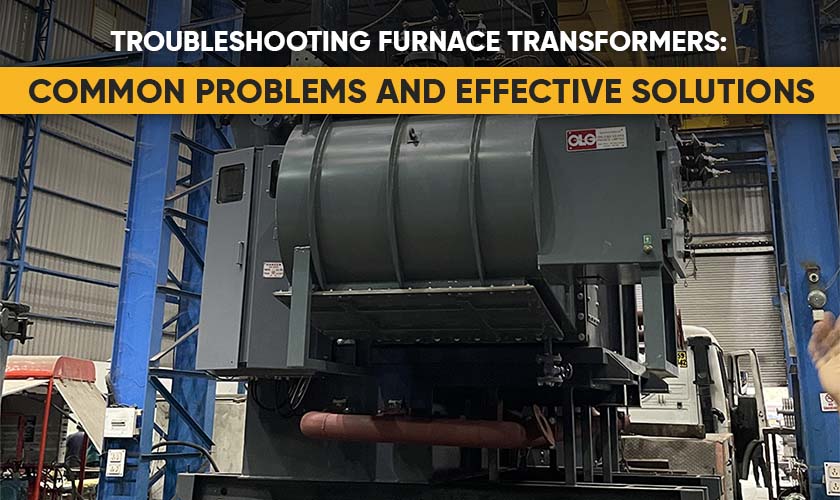Transformers play a crucial role in distributing electricity across industries and housing. They ensure a smooth and integral flow of electricity through the circuit. Though they require minimal maintenance, like any other electrical equipment, they are also vulnerable to faults or damages that can lead to significant breakdowns or transformer failure.
Transformer failure is very rare, but when it occurs, the cost of repairing damaged parts can exceed the cost of replacement. To avoid the possibility of transformer failure, one must understand the common causes of this.
This article will briefly discuss the seven most common causes of transformer failure and the practical solutions to address them.
Seven Common Causes Of Transformer Failure
1. Age
As the transformers age, their efficiency degrades. Hence, age may be a vital factor in its breakdown. The age of a transformer is not counted by calculating the calendar days, but the total number of hours spent operating at a high load counts. Transformers that undergo a continuous, high-load 24/7 cycle will age roughly four times faster than those that undergo a five-day, eight-hour load cycle.
2. Leakages
Leaky gaskets allow moisture and oxygen to enter a transformer, speeding up the ageing process and eventually leading to insulation failure. If a leak is not properly contained, it may harm the environment.
3. Inadequate maintenance
Lack of daily maintenance is another common but preventable cause of transformer failure. The main goal of transformer maintenance is to check the oil's level and condition and ensure moisture doesn't get inside the tank. The simplest proactive measure to lessen the chance of transformer failures is to perform annual maintenance.
4. Moisture
Moisture deposition in various inner parts of a transformer can affect or even damage the insulation. To avoid this, the transformer tank should be properly sealed, and the silica gel should be maintained properly for free-breathing transformers.
5. Overheating or overloading
You can ensure that the electrical load settings are suitable for the particular type of transformer being used for maintenance. Overloading diminishes the efficacy of the winding insulation and leads to overheating and, eventually, thermal degradation.
6. Lightning surges
In India, lightning can be a big issue for electrical transformers. Sudden lightning surges can destroy a transformer's functioning by affecting its insulation and internal arcing.
7. Left to disrepair
Ignoring small repair demands can lead to more significant issues over time. If left untreated, minor faults like loose connections, damaged insulations, and oil contaminations can create huge problems that can lead to a transformer failure.
Practical Solutions to Address Transformer Failure
Some practical solutions that can be helpful to address transformer failure are:
Ensure the transformers are designed per their specific application to prevent premature failure.
Conduct periodic assessments like dissolved gas analysis to detect the warning signs early.
Regular inspections should be performed to detect any chances of leaks. If a leakage is detected, the earliest intervention to address it should be taken.
Regularly check the insulation, oil quality, cooling systems, and electrical connections.
Avoid exceeding the transformer’s rated capacity. Monitor the load and temperature regularly. Install temperature monitors and overload protection devices to ensure the transformer is not subjected to excessive stress.
Install lightning protection and surge protector devices to ensure the safeguarding of transformers.
Final Thoughts
In conclusion, transformer failure is not only a costly process but also disrupts power supply and electrical operations for an extended period. The only good thing is that the common causes of transformer failure are preventable with proper maintenance and monitoring.
At Makpowerts Transformers, we understand the importance of reliable transformers. Our team of experts helps you keep your transformers in optimal condition for a long time.
Contact us today to learn more about our services and products.





